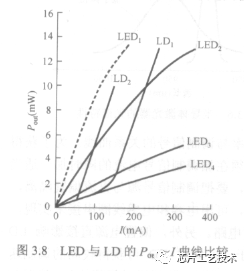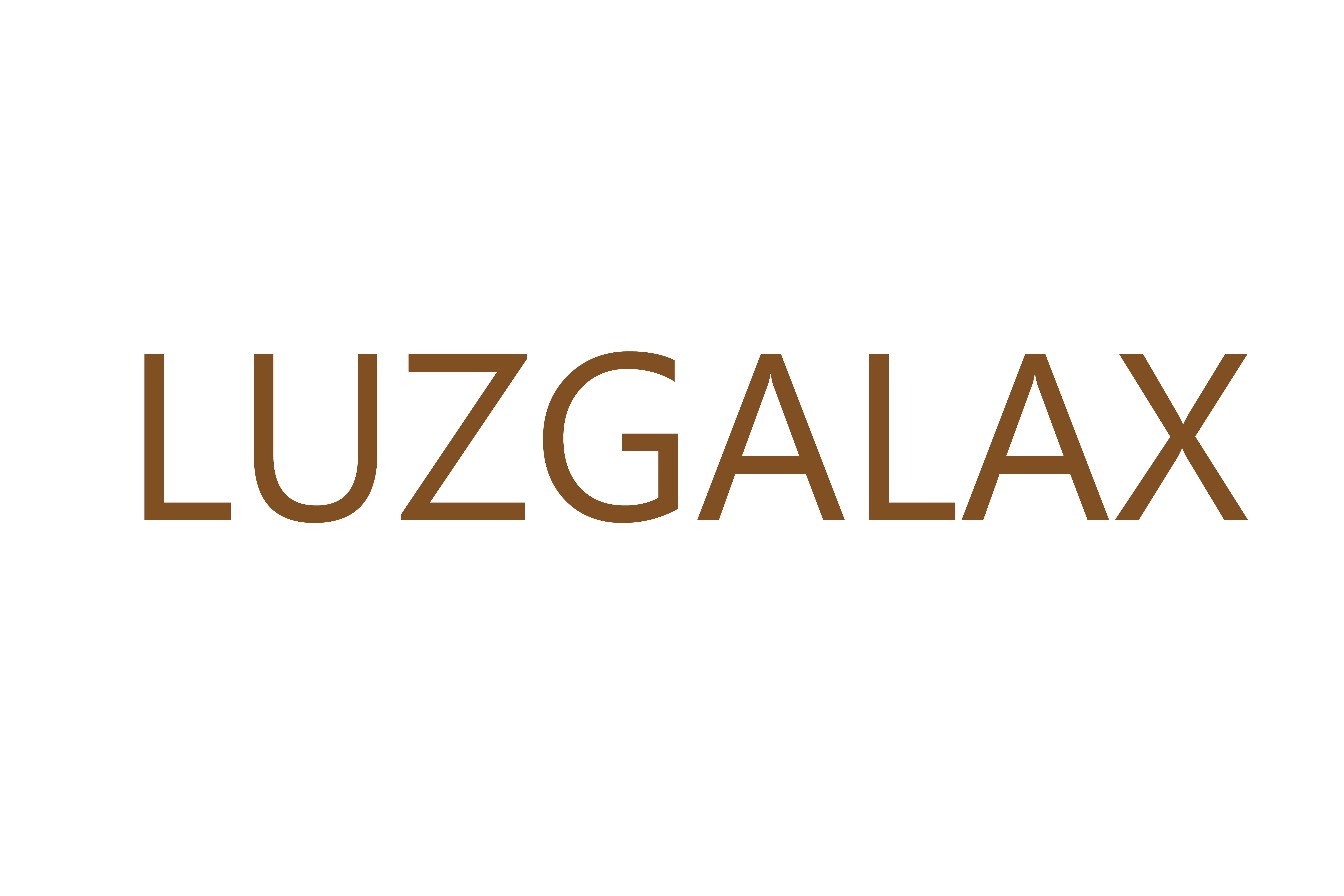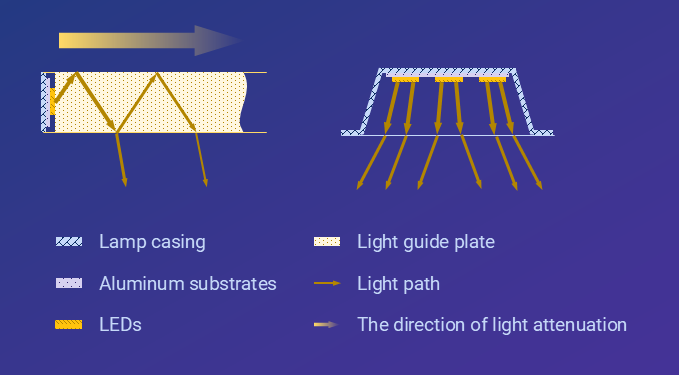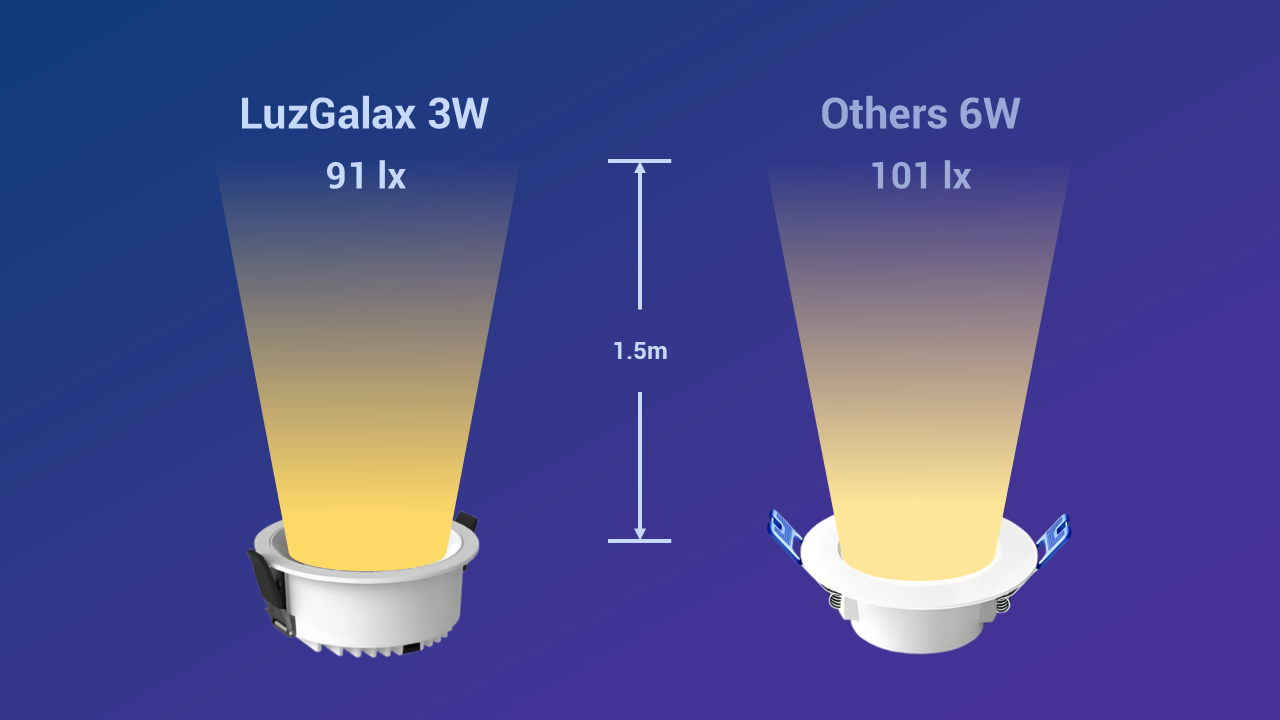The difference between LED and LD light modulation
Upload Time:
Sep 29, 2023
The difference between LED and LD light modulation
Laser is commonly used as the signal source for signal sources at high modulation rates, rather than LED.

Due to the fact that semiconductor light-emitting diodes are not threshold devices, their output optical power does not undergo sudden changes with the injection current as semiconductor lasers do. Therefore, the linearity of the PIV characteristic curve of LEDs is relatively good. The diagram shows the comparison of the PIV characteristic curves of LED and LD. As can be seen from the figure, LED1 and LED2 are the Pq characteristic curves of the front light-emitting diode. LED3 and LED4 are the PIV characteristic curves of end emitting light-emitting diodes. It can be seen that the PIV characteristic curve of light-emitting diodes is significantly better than that of semiconductor lasers, so they are widely used in analog fiber optic communication systems. However, in digital fiber optic communication systems, it is limited due to its inability to achieve high modulation rates (up to 100 Mb/s).
As for why high modulation rates cannot be achieved, the analysis from the generation of photons is:

LEDs are electrons that can only wait for the upper energy level to spontaneously descend to the lower energy state (i.e., electrons and holes recombine), producing spontaneous emission or thermal effects. So the response speed of LEDs is mainly determined by the lifespan of the upper energy level. And LD, due to the optical feedback generated by the optical cavity, can lower the high-energy electrons in the upper energy level to the lower energy state through stimulated radiation. So LD is faster than LED. It can also be said that the light of LD is largely limited by the photon lifetime of picoseconds ps, while LED is limited by the carrier lifetime of nanoseconds ns. The photon lifetime of LD can be analyzed as follows:
What is the photon lifetime in a 300um long laser device with a refractive index of 3.5 and no cavity surface coating
Solution:
The laser cavity contains absorption losses α Generated gain loop expression:
L=300um, R1=R2=0.3, without considering absorption loss α= 0, calculate gCav=40cm-1
At the same time, the gain in cm-1 units can be converted into the gain in s-1 units.
G [cm-1]=g [s-1] c/n
Dividing gcav by c/n yields a g [s-1] value of 3.3X105s-1
Replace with a time constant τ P=3ps
This ps level photon lifetime is the fundamental reason why semiconductor lasers can be quickly adjusted. The carrier lifetime of LEDs is in the ns level. Therefore, the laser can be modulated to Gb/s, which is much faster than the speed of the diode.
However, I also heard that some people abroad use microLEDs for light modulation to 1-5 Gb/s. The wavelength of the micro LED is 430 nm, the bandwidth is 20 nm, and the transmission distance of a few centimeters can achieve high-speed modulation.
Relevant News









